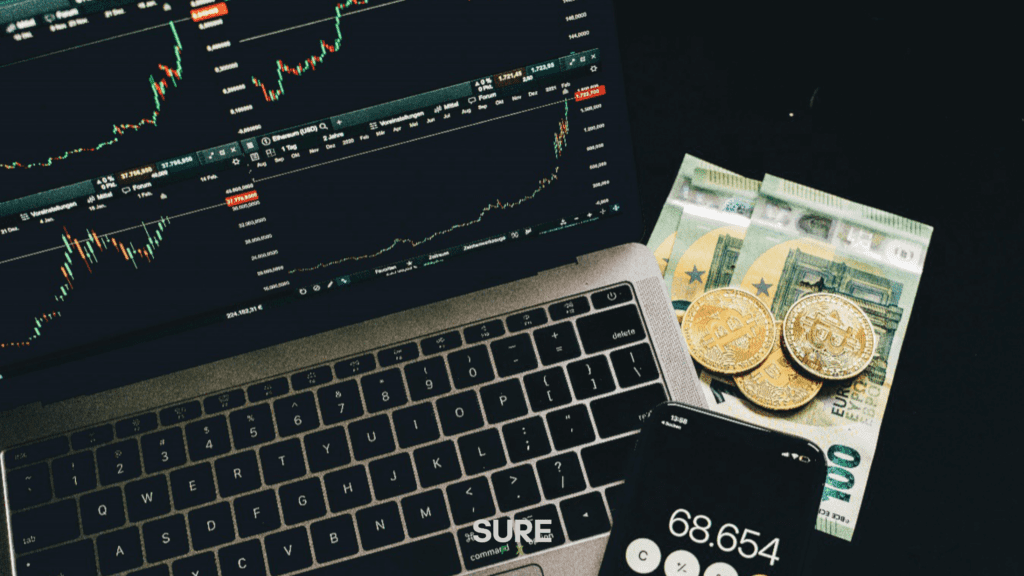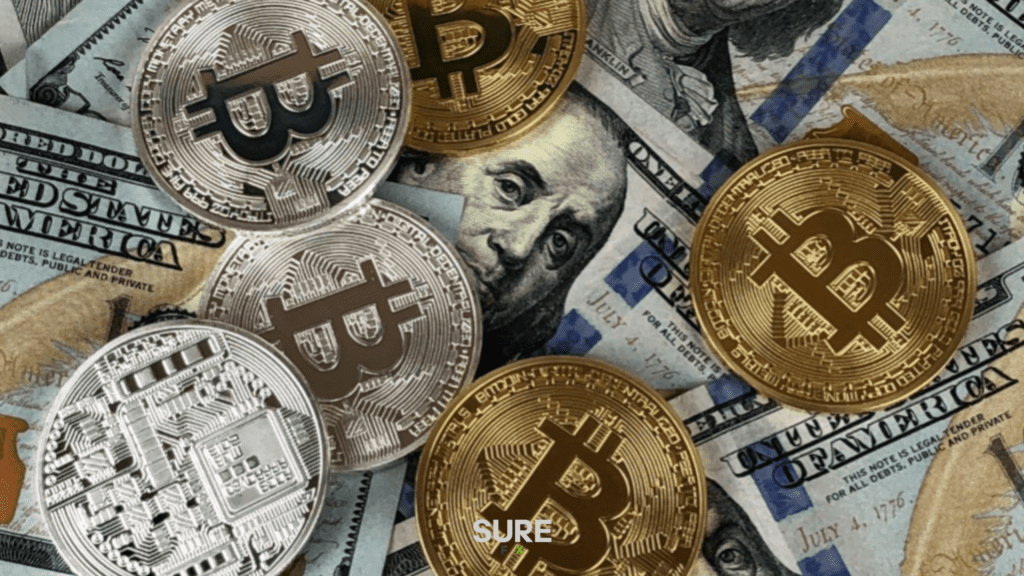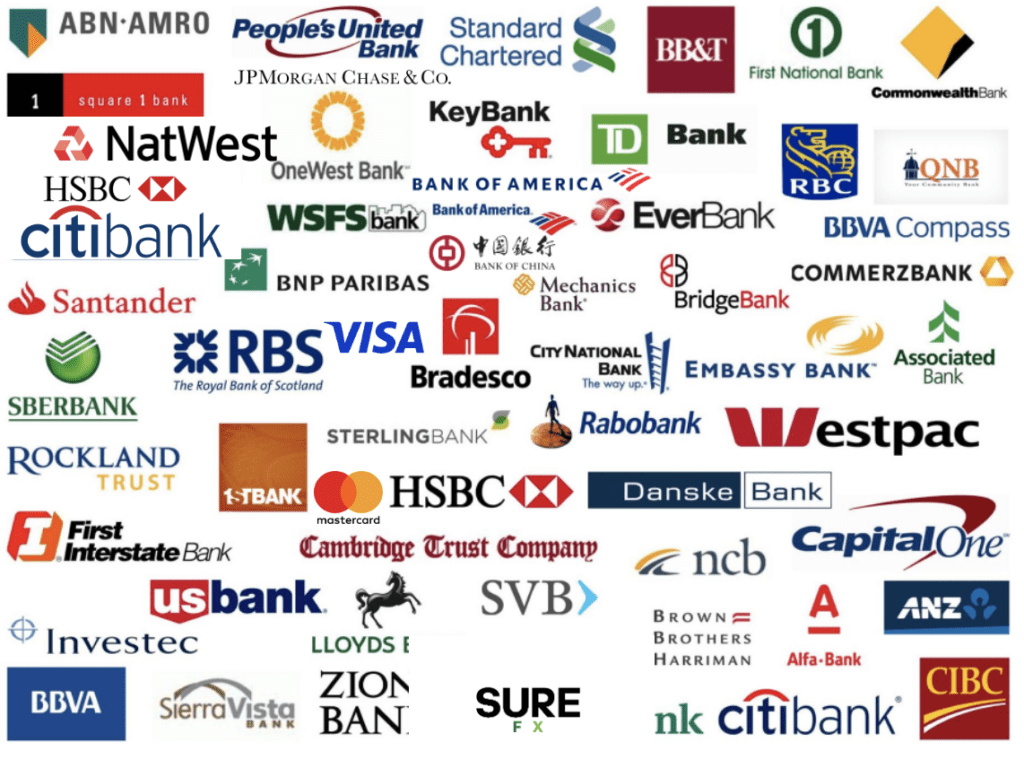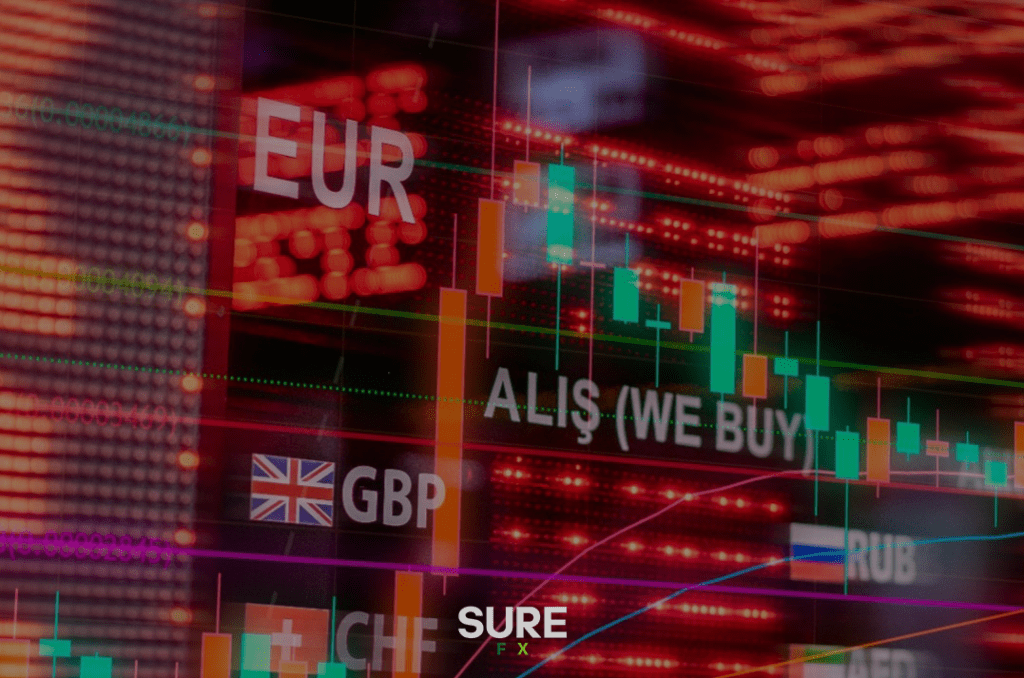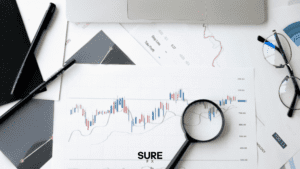
Common Myths and Misconceptions About Forex Trading
T he internet is rife with Forex myths, misconceptions, and misleading information, and the world of Forex trading is no exception. It’s often hard to discern what’s accurate and what’s simply designed to lure you into opening a trading account or purchasing something. Many of the so-called experts online lack real experience or knowledge, leaving behind content that does more to confuse than to educate. In fact, when you Google “Forex Trading Myths,” the top ten results were virtually identical. It begs the question: who is copying who? Below, we’ll debunk some of the most common misconceptions that continue to circulate in the Forex trading space, shedding light on the reality of Forex trading. Bank Traders Are Always Trying to Stop Out Retail Traders This is, without a doubt, one of the biggest and most laughable Forex myths. To put this myth to rest, let’s look at the Forex turnover data from the Bank for International Settlements (BIS). In 2016, the global daily Forex turnover was around $5.1 trillion, with retail traders accounting for just $382 billion — roughly 13% of the total market. The remaining 87% is dominated by the big players like banks and institutional investors. Bank traders are simply not concerned with retail positions. They have much bigger fish to fry, like dealing with fund managers and responding to market-moving events. So, the idea that banks are out to “stop out” retail traders is not only misleading but shows a complete lack of understanding of how large-scale Forex trading operations actually function. Is Forex trading luck? Not at all — it’s about understanding the market dynamics, not worrying about what individual traders are doing. Bank Traders Use Loads of Indicators While it’s true that bank traders are highly trained in technical analysis, price action, and macroeconomic fundamentals, they don’t rely heavily on indicators. Indicators like moving averages may be used for superficial purposes or to fill gaps in discussions, but they don’t play a key role in making trading decisions. Bank traders focus on understanding the underlying market forces and use their knowledge of the fundamentals to guide their decisions. Retail traders, on the other hand, often rely on indicators because they don’t fully understand what’s driving the market, which leads to poor decision-making in the long run. So, when it comes to facts about Forex trading, the truth is that bank traders aren’t obsessed with chart indicators as retail traders often are. Bank Traders Leave Orders in the Market for Weeks and Months There’s a widespread myth that banks leave large orders in the market at certain “supply and demand” levels, which supposedly cause the market to reverse when reached. This is simply not true. Bank traders typically assess the market on a daily basis, and while some long-term traders might leave orders in for a few days, they constantly adjust their positions based on changing macroeconomic conditions. If this “supply and demand” strategy worked as advertised, don’t you think every bank trader would be talking about it? The idea that there are hidden, magical levels in the market is a fantasy, designed to appeal to retail traders looking for an easy way to make money. In the reality of Forex trading, things aren’t that simple. Bank Traders Use Automated Trading Robots Automated trading robots, or “black boxes,” were used by some fund managers in the early days, but even then, they didn’t execute trades on their own — they required human intervention to place the orders. In today’s fast-moving and highly dynamic market, these types of automated systems are largely outdated. Bank traders use advanced manual systems to execute trades quickly and efficiently, typically using platforms like EBS or Reuters. If banks don’t use automated robots, why would you trust one to trade for you? While back-tested, these systems often fail to account for the volatility and rapid changes in today’s markets. As with many Forex myths, automated trading systems simply don’t offer the edge some people think they do. Bank Traders Sit in Front of Screens All Day, 24/7 This is another myth propagated by those who have never worked on a professional trading desk. The reality is, successful traders know when to be active and when to take a break. While junior traders or retail traders might be glued to their screens all day, experienced traders prepare for specific market events and take breaks during quieter periods to stay fresh. The notion that more screen time equals better performance is entirely false. Spending too much time in front of your screen leads to fatigue, poor decision-making, and “bored trades.” It’s much more effective to analyse the market at key times, then step away to recharge. When it comes to facts about Forex trading, the best traders know how to manage their time and energy for maximum performance. You Can Trade Successfully Using Only Technical Analysis While technical analysis is certainly useful, relying solely on it won’t make you a successful trader. Markets are fundamentally driven by macroeconomic factors, and understanding the underlying forces that shape market direction is crucial. Charts and indicators are simply a reflection of past data, but they don’t tell you the “why” behind market moves. A successful trader needs to understand the bigger picture, which includes the economic fundamentals, geopolitical events, and other external factors. Without this knowledge, even the best technical setups can lead you astray. So, if you’re wondering if Forex trading is luck, the answer is a firm no — success comes from understanding the broader market dynamics, not just following charts blindly. You Don’t Need Extra Resources to Be a Successful Trader This myth suggests that all you need to succeed in Forex is a basic trading platform and some market knowledge. In reality, successful traders rely on real-time news feeds and economic data services like Bloomberg or Metastock Xenith. These tools are essential for staying ahead of market-moving events. Free resources like Forex Factory or FXStreet can provide useful information, but they’re


